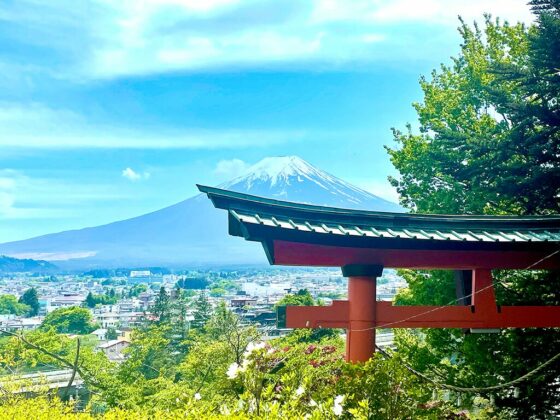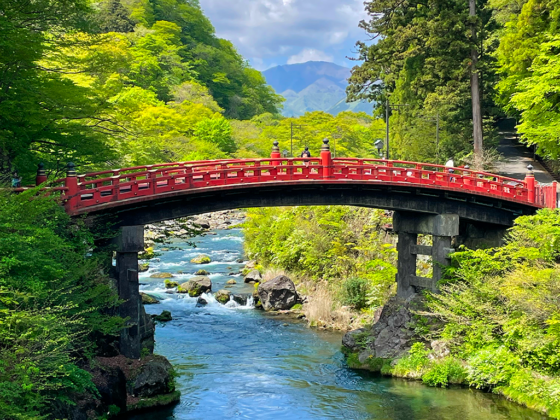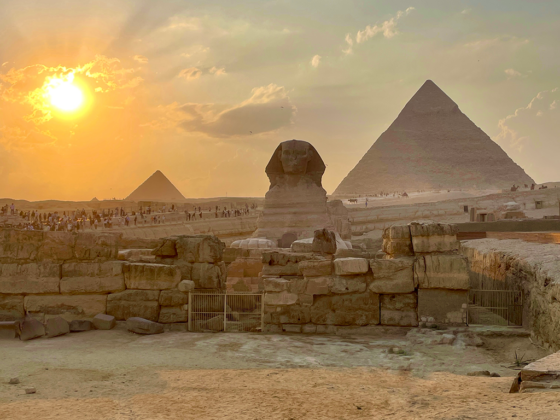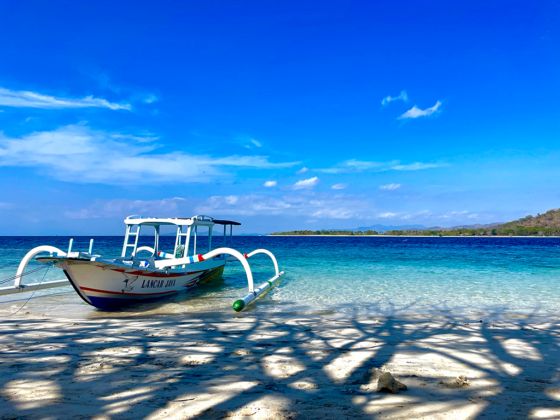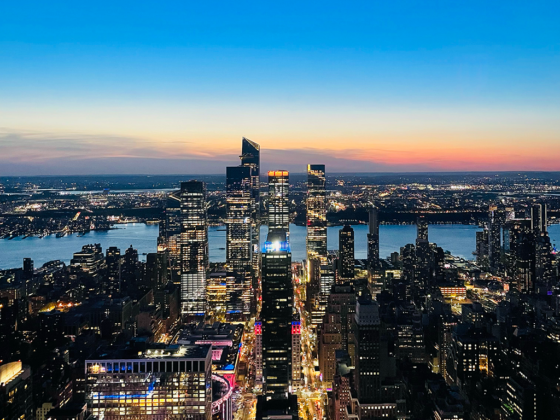Tokyo is the first stop on our itinerary in Japan and from the first moment we feel catapulted into another world. The city is an explosion of lights, sounds and frenetic but orderly rhythms. Strolling through the neighbourhoods we feel we are inside an anime: it is not just fantasy, it is a perfect reflection of Japanese life. The expressions, the measured gestures, the almost ritualistic politeness and attention to detail, everything we are used to seeing in our favourite anime comes to life before our eyes, embodied in the Japanese themselves.
In this 6-day itinerary, we take you through the must-see sights of the city, to let you experience its magic as we did.
If you want to know how to get around or where to stay, read our Japan Itinerary article and don’t miss our Practical Travel Tips article.
Map
Day 1: Shibuya, Shinjuku, Kabukichō
We begin our experience in Tokyo from Shibuya. As a first stop, we stop at the statue of Hachikō, the dog symbol of loyalty. Who hasn’t seen the film and shed a few tears?
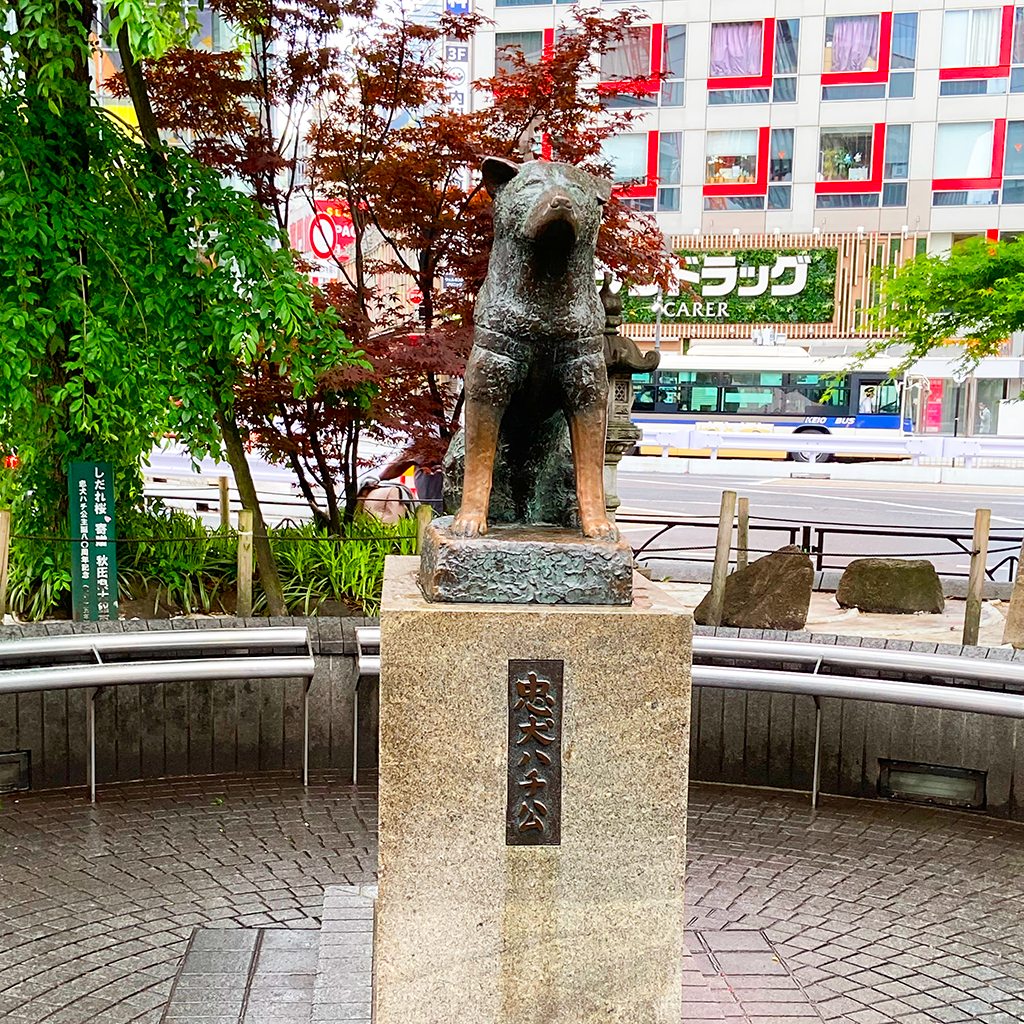
We then jump into the fray, because you cannot say you have seen Tokyo without passing through the Shibuya Scramble Crossing. It is an almost surreal experience: a sea of people moving in all directions surrounded by bright signs and skyscrapers.

We pass through Shibuya Center-Gai, full of shops, arcades and restaurants, as it is still morning not all of them are open but the street reflects the idea of Tokyo we had, a not inconsiderable sight.
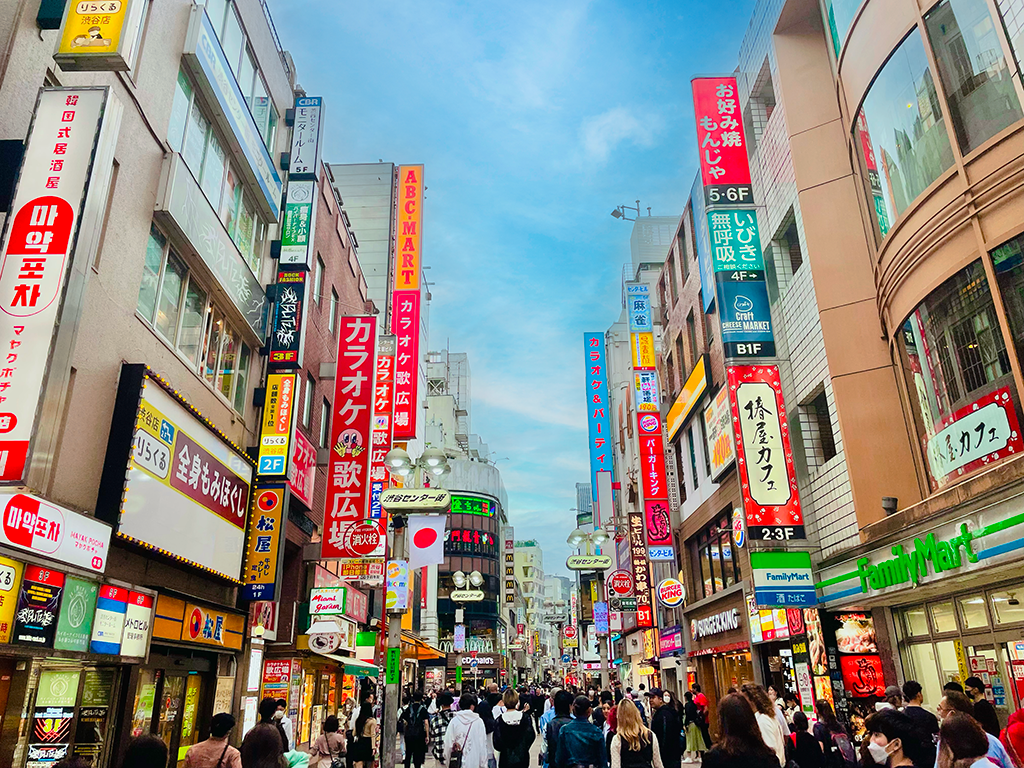
We keep walking, we leave the hustle and bustle behind for some peace and quiet in Yoyogi Park. There is a different air here: the tall trees, the sound of the wind, the city seems far away.
Inside the park we visit our very first Shinto shrine, the Meiji Shrine. The entrance is marked by a wooden torii over 12 metres high. A little further on, we encounter a row of large barrels of sake, donated each year by brewers as an offering to the gods. From there, a path through a forest with over 100,000 trees from all over Japan leads to the heart of the shrine, a large courtyard surrounded by Japanese cypress wood buildings.
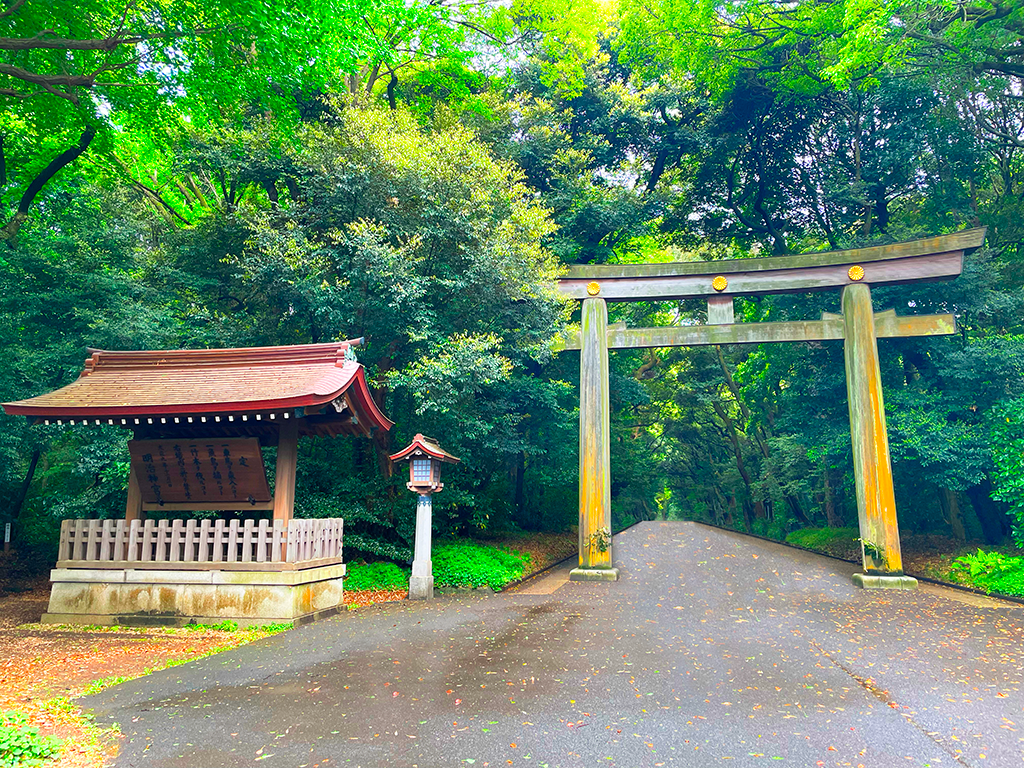
We then head to Shinjuku Gyoen National Garden, one of the most beautiful parks in the city in our opinion. At the entrance we take a map to identify the most characteristic things to see. The garden is beautifully maintained, in perfect Japanese style. It would be nice to spend the whole morning here but we have a tight itinerary so we pick the most beautiful spots and walk around them all.
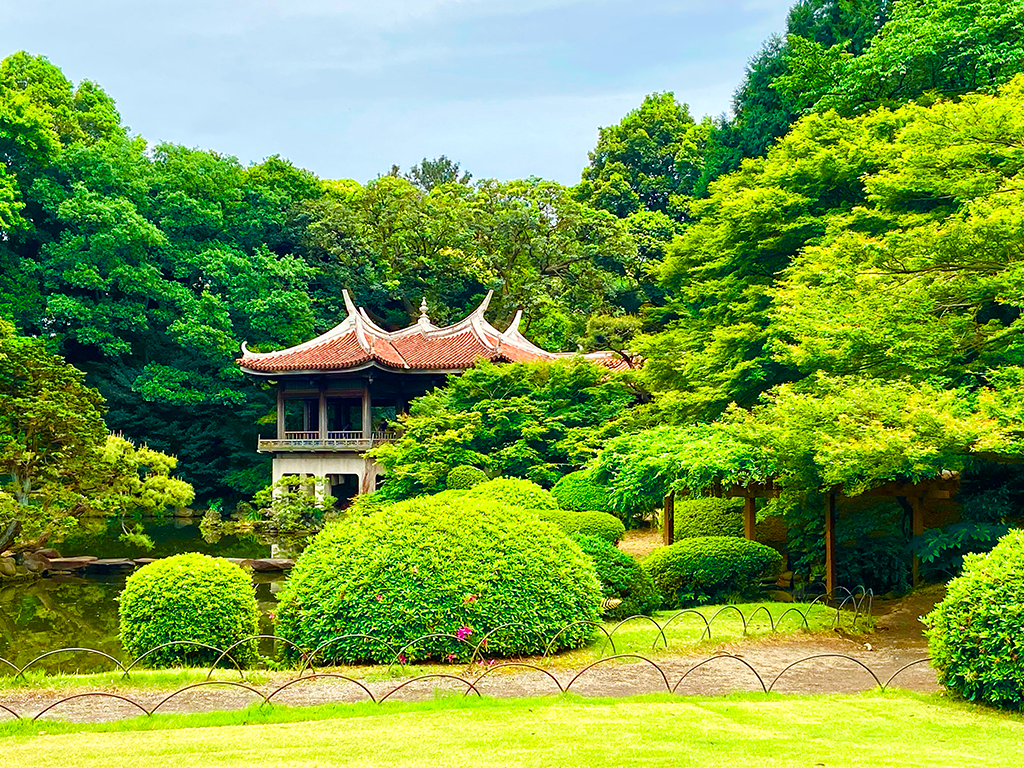
On the way we make a stop at the Hanazono Shrine, a small Shinto shrine nestled between the skyscrapers of Shinjuku. The entrance is small and intimate but once inside, a beautiful temple opens up.
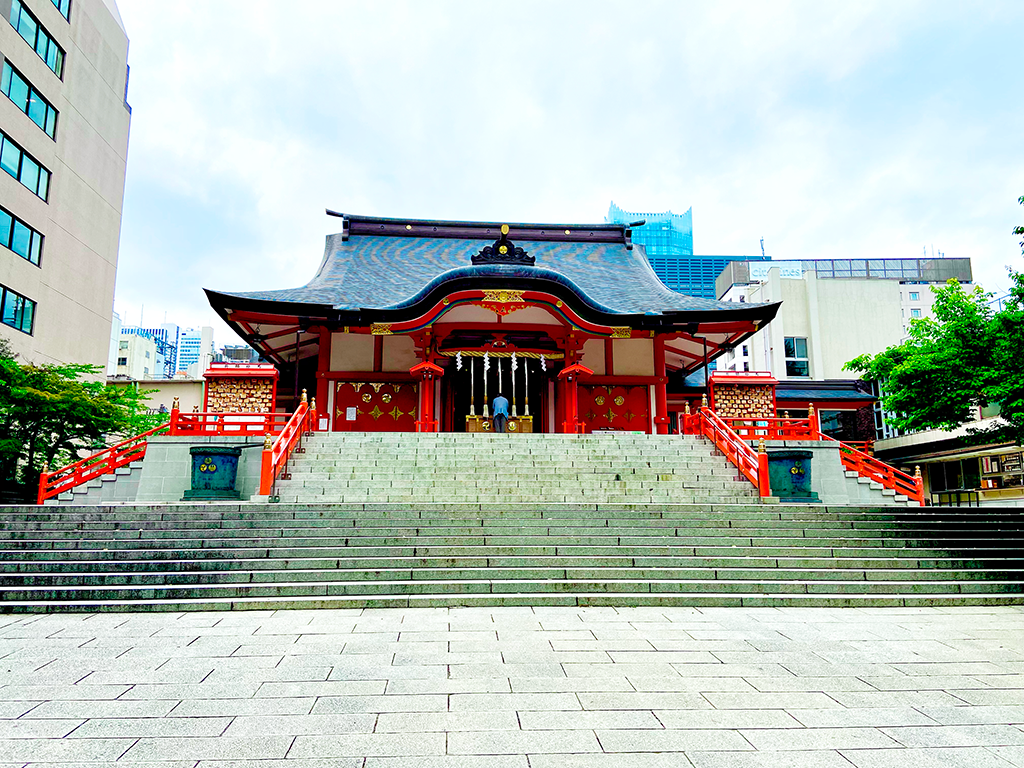
It’s almost sunset and we head back towards Shibuya to climb the Shibuya Sky for a spectacular view of the city from above (we could have seen it in the morning, we were already there, but we preferred the lights of sunset!). We read that with a clear sky sometimes you can even see Mount Fuji on the horizon, we were not so lucky but the view is still a spectacle.
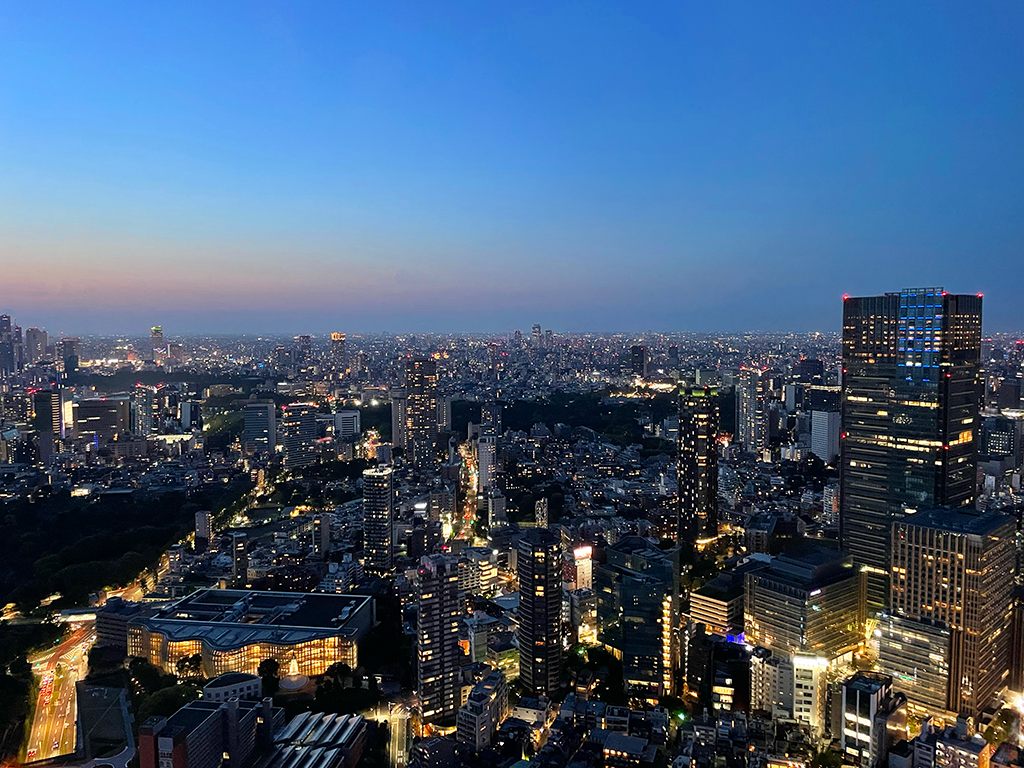
Time to delve into Tokyo by night: Kabukichō, the district that never sleeps. Neon lights, eccentric clubs and an energy that seems inexhaustible. The Japanese seem different here, more relaxed, shirts off their trousers and jackets in hand… maybe even a little drunk, but very funny, they seem a caricature of themselves.
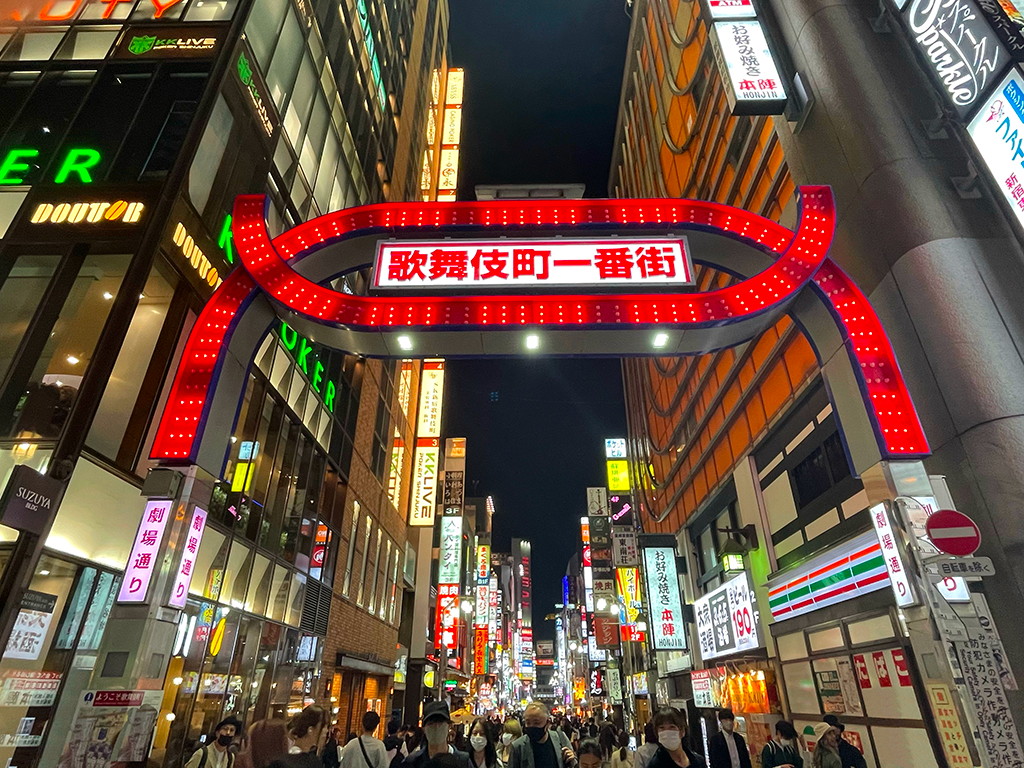
Day 2: Nikko
We devote the second day to the first day excursion from Tokyo and visit Nikko.
The Nikko Shrine complex, a UNESCO World Heritage Site, is an architectural marvel, with majestic towers, gateways and bridges, set in a cedar forest and surrounded by mountains. Read the article with the detailed itinerary of a day trip to Nikko.
Day 3: Chiyoda, Akihabara, Kagurazaka
Today we go straight to the heart of the city, the Chiyoda district, where everything looks neat and elegant. The first stop is Tokyo Station, a European-style building made of red brick, which creates a strange contrast with the modern skyscrapers that surround it, we appreciate it.
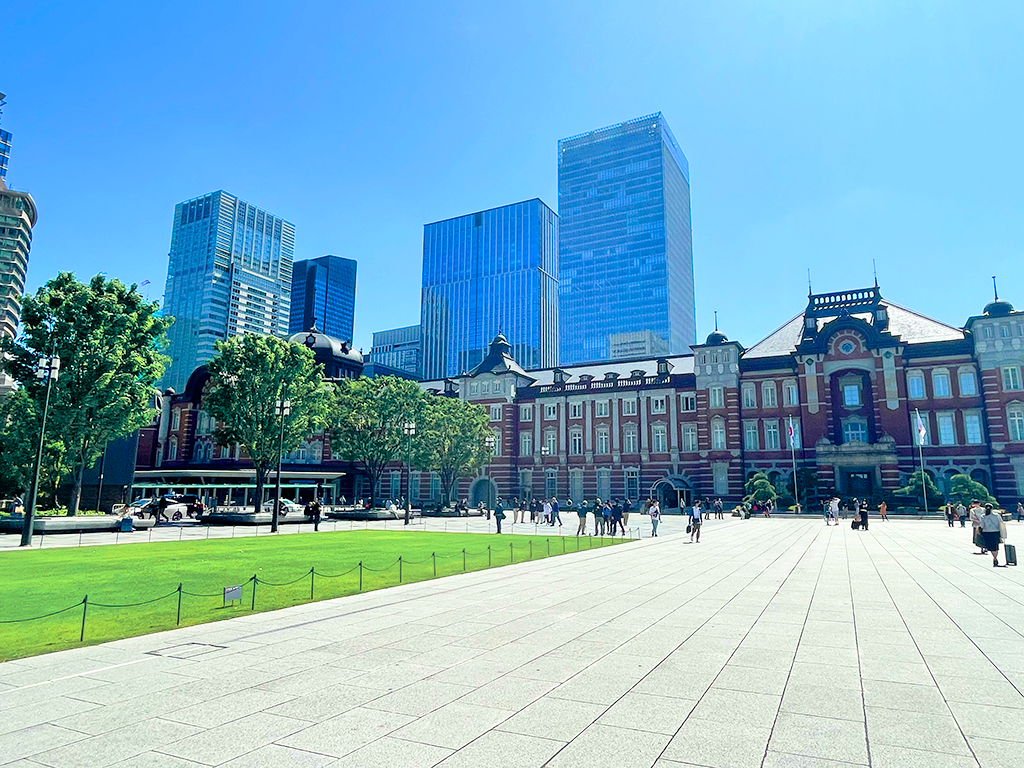
We cross the station and arrive near the Nihobashi Bridge. There, somewhat hidden, we find the Zero Milestone in Japan, a small monument often ignored, but which marks the starting point of ancient trade routes and from which all road distances are measured today. Come to think of it, we are right in the centre of Japan, and as someone sang, also in the centre of the world!
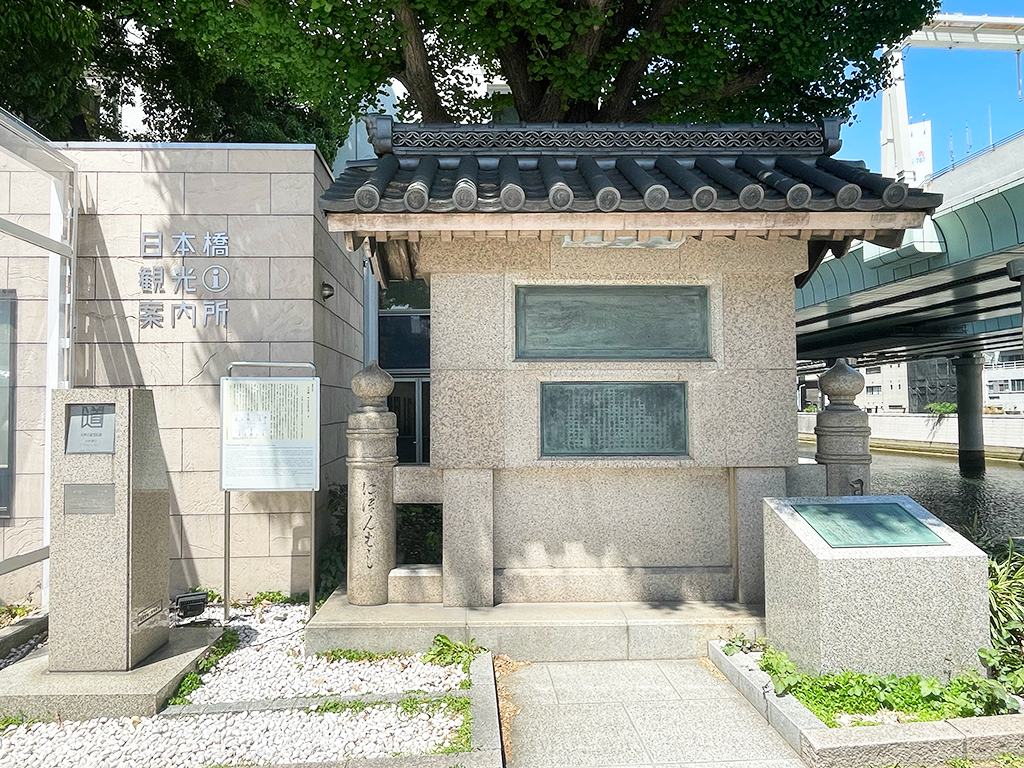
We arrive at the majestic Tokyo Imperial Palace, surrounded by moats and perfectly manicured gardens. Although access to the interior is limited, we enjoy walking around the walls and crossing the famous Nijubashi Bridge. It is one of those places that make you feel the austerity of Japanese history, an almost discreet royalty.
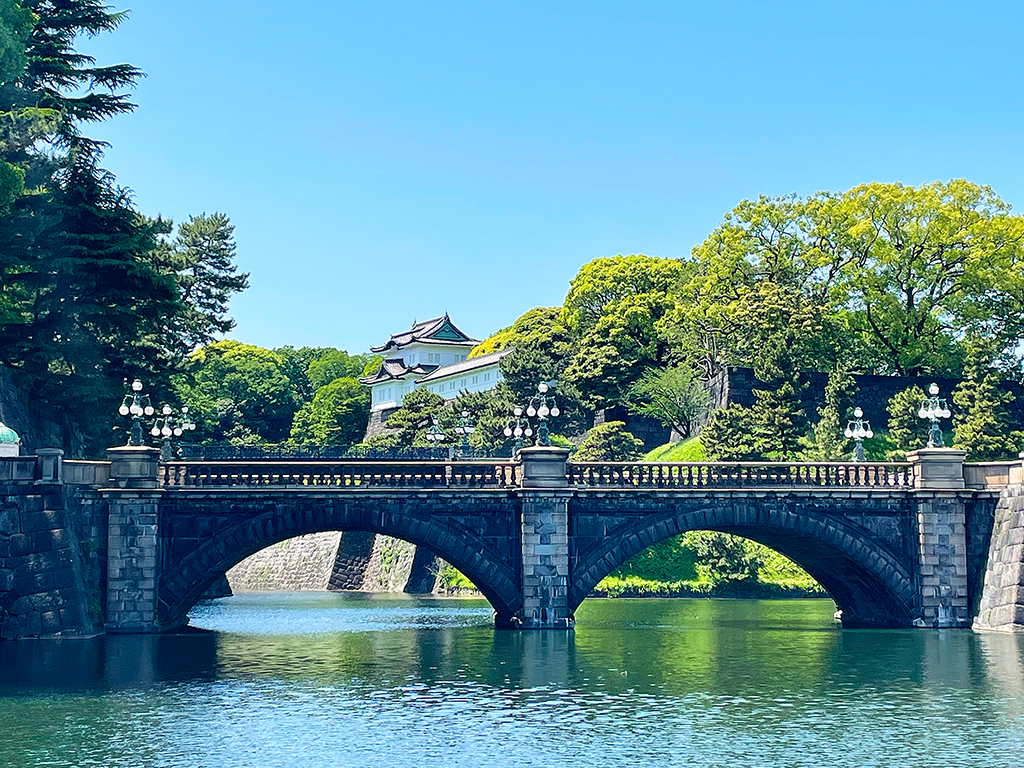
After lunch, we completely change atmosphere and plunge into another face of Tokyo longed for by Paolino: Akihabara, the paradise of anime, manga and technology fans. We stop at Yodobashi-Akiba, a nine-storey building dedicated to technology, where you can find everything from the latest camera models to the most extravagant gadgets. Then, we get lost in the corridors of Mandarake Complex, a mecca for collectors of vintage comics and action figures. Here, every shelf is a journey back in time, amidst unobtainable editions and cult objects.
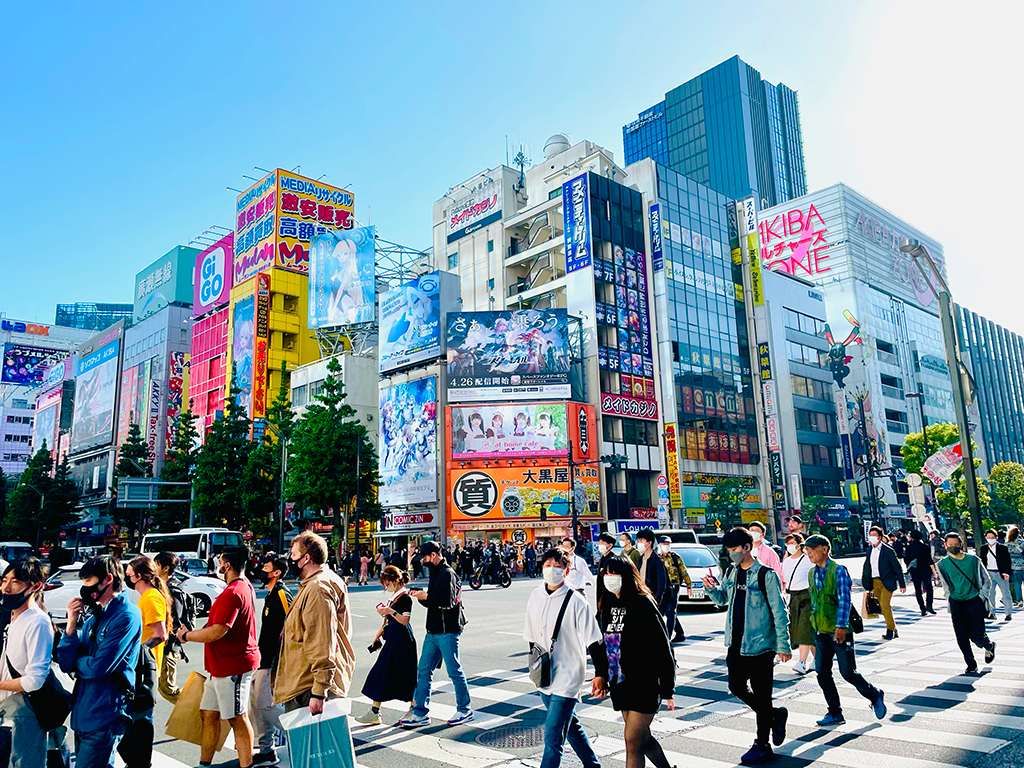
After this full immersion in the geek world, we return to a more traditional atmosphere by visiting the Yasukuni Shrine dedicated to the war dead. Regardless of the controversy surrounding this place, it is a stop that helps to understand a complex part of Japan’s history that is intertwined with European history.
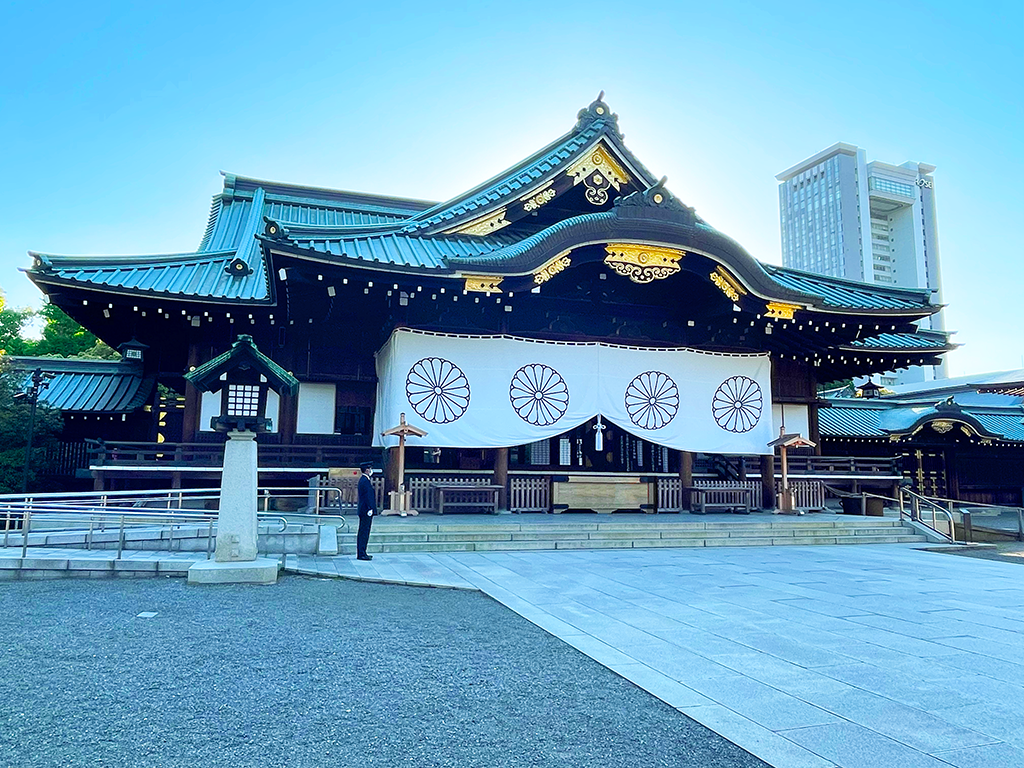
The next stop was supposed to be the famous Koishikawa Kōrakuen, a traditional garden of stone paths winding between quiet ponds, small bridges and ancient trees. But because of the time we went straight to the next stop.
The Tokyo-daijingu Sh rine is a small but fascinating Shinto shrine dedicated to love and is one of the most popular temples for couples and singles seeking good luck in love. One of the most distinctive elements are the ema, the votive tablets on which visitors write their wishes, often related to love, marriage or family happiness.
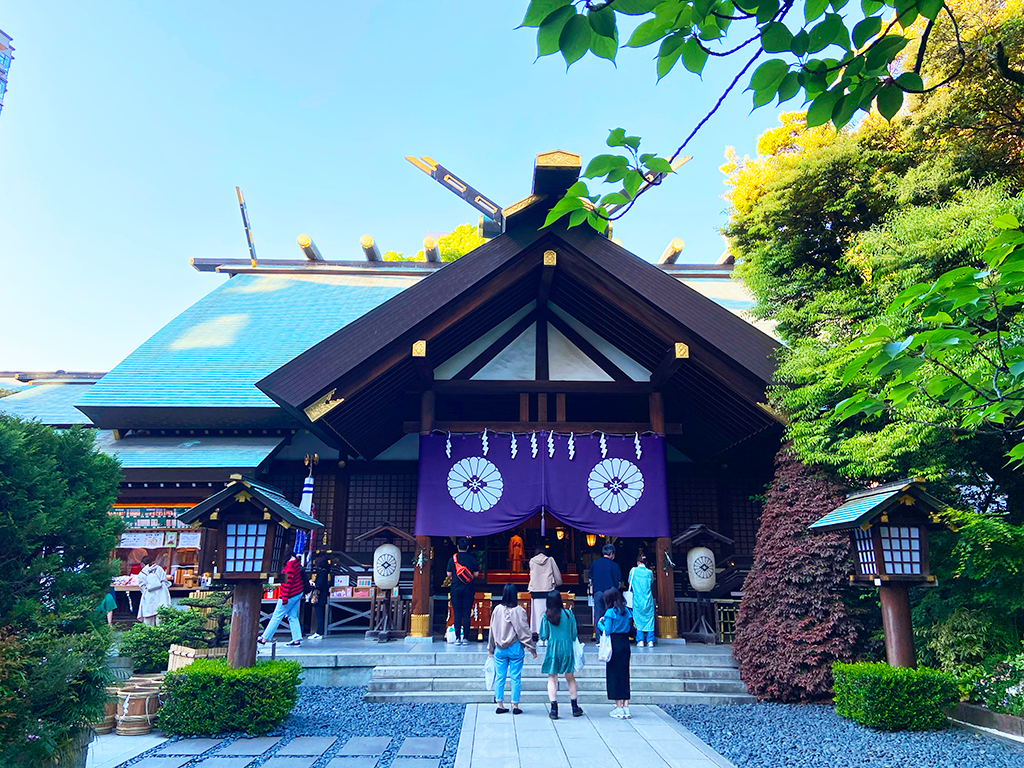
We then continue on to Kagurazaka, a district that was the centre of geisha culture in Tokyo. It feels like a small village within the city, with cobbled streets, wooden houses and hidden little restaurants, one feels transported a little back in time. We stop for dinner and watch the sun go down and the narrow streets light up with the restaurant signs.
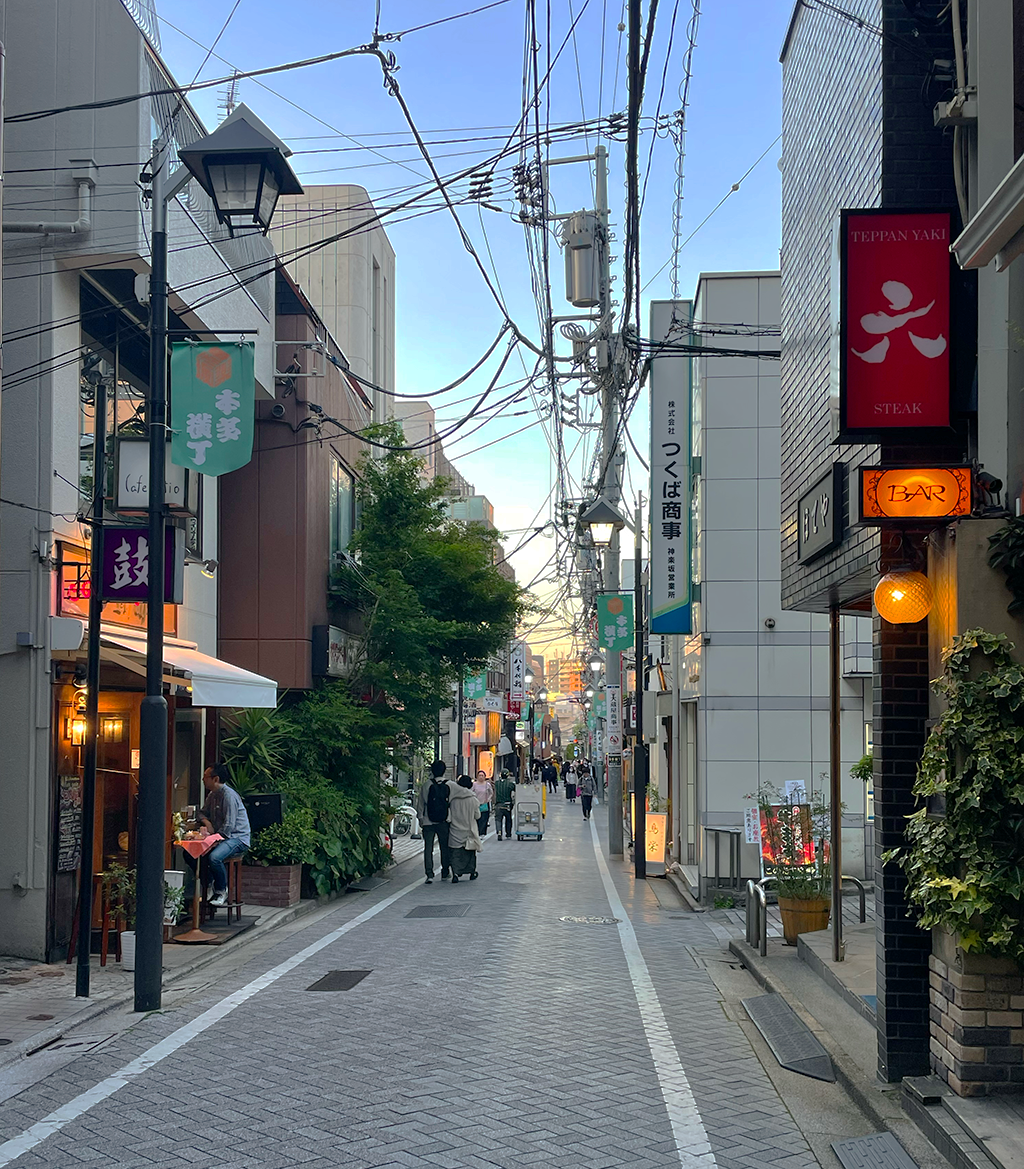
We end the day at Golden Gai, a very special neighbourhood made up of narrow streets with tiny bars one after the other. Each place has its own personality and can only accommodate a few customers at a time, making the experience very intimate and also personal. We just wandered around the maze of narrow streets and watched entranced by the complicity between the ‘bartenders’ and the myriad types of customers who found themselves next to each other sharing this experience.
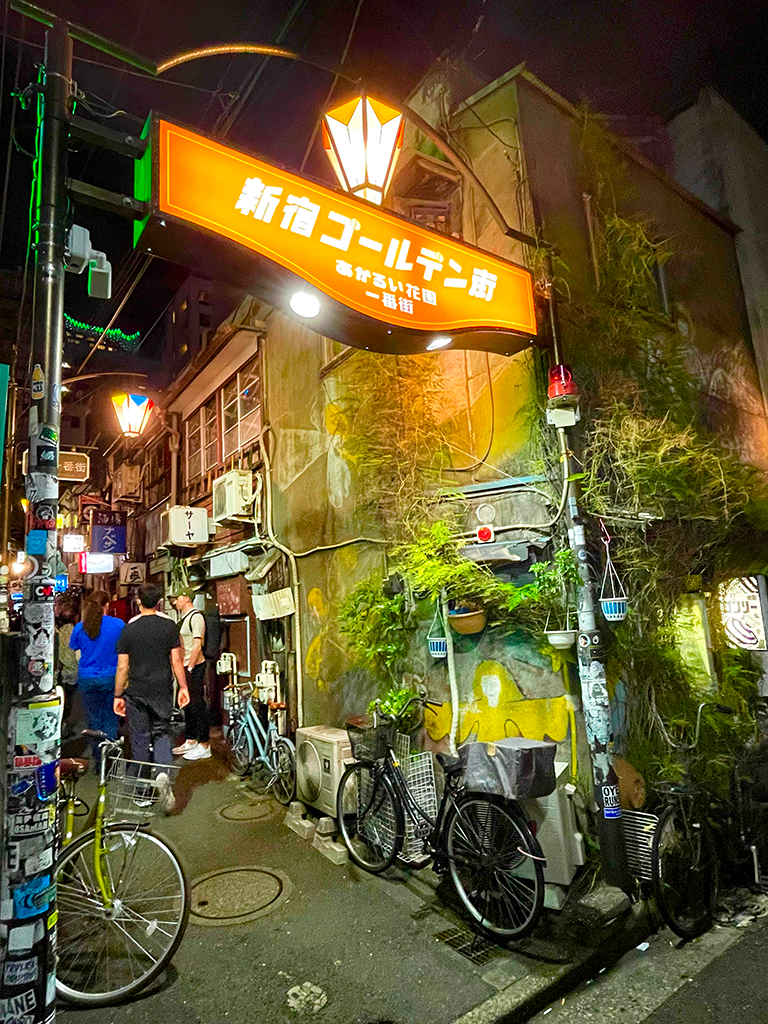
Day 4: Mount Fuji
We dedicate the day to Japan’s most iconic landmark: His Majesty Mount Fuji.
With its mix of breathtaking views and picturesque sights, Fuji-san and its surroundings provide an unforgettable experience. Here is the article on what to do on a day trip to Mount Fuji.
Day 5: Ueno, Yanaka and Asakusa
Today we start the day in the Ueno district. The first stop is theAmeyoko Shopping District, a chaotic and colourful market that also passes under the Yamanote Line tracks. Crowded stalls sell everything from Japanese snacks, spices, clothes and watches at bargain prices. An abundance of typical things and then there’s them: the thousands of flavours of KitKat, we buy them all!
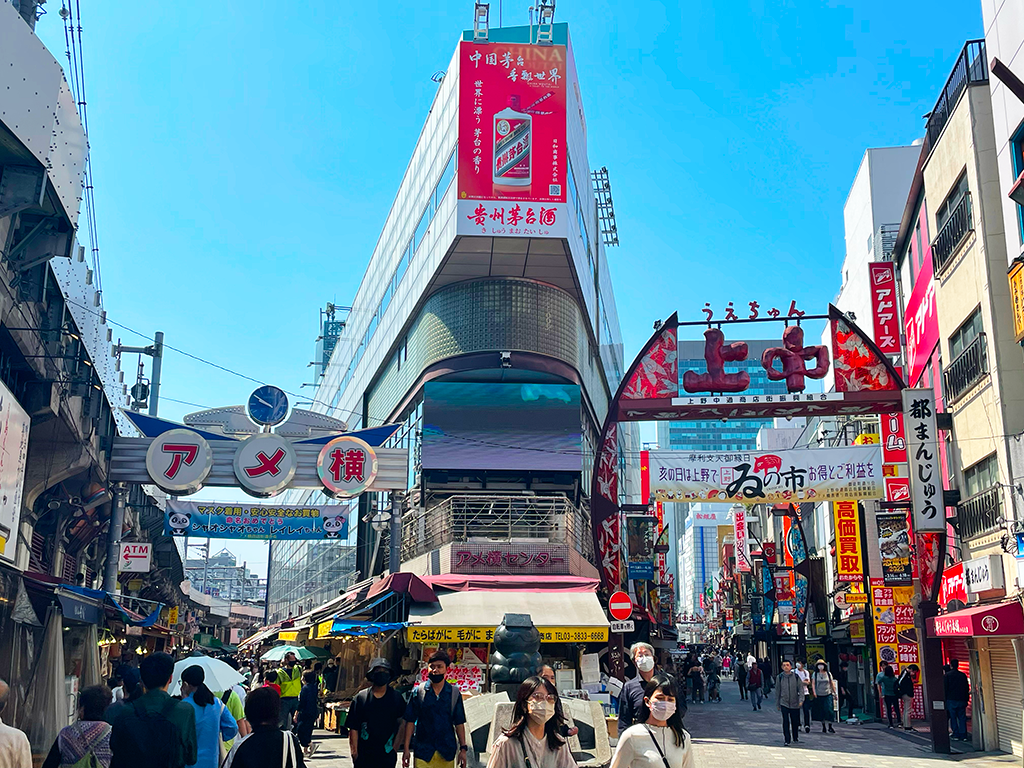
A short walk away is Ueno Park, one of the most famous in Tokyo. It’s a green oasis surrounded by museums and temples, but we find it festively decked out, full of festoons and food stalls – delicious! We cross the tree-lined avenues to Shinobazu-no-ike Pond, a body of water surrounded by lotus plants (in summer they almost completely cover it but in this season it is not at its full potential). In the middle of the pond is the Shinobazunoike Benten-dō, a Buddhist temple dedicated to Benzaiten, the goddess of wisdom and fortune.
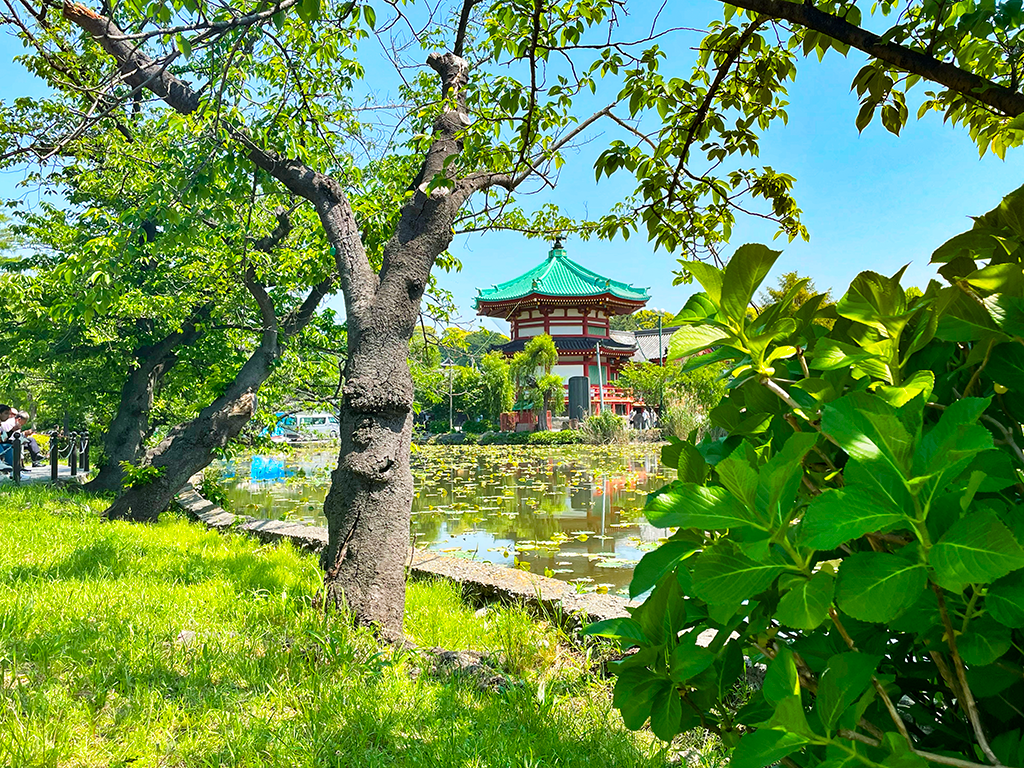
We continue to the Kiyomizu Kannon-dō Temple, a small temple with a veranda overlooking the park. Here there is also a statue of Kosodate Kannon, to whom Japanese women turn to receive blessings on motherhood.
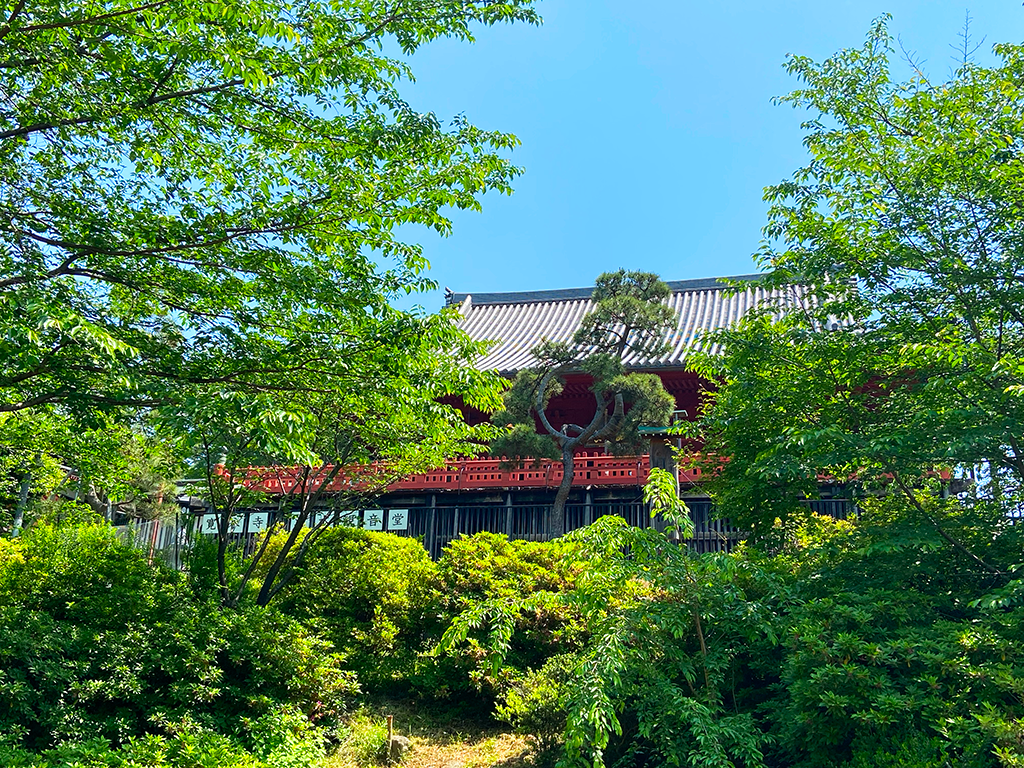
We leave Ueno and move to Yanaka, a somewhat retro district. Here Tokyo still has the charm of the old city, with low houses, hidden temples and small craft shops. We walk up the steps of Yūyake Dandan, an iconic spot from which you have a perfect view of the narrow streets of Yanaka Ginza, a shopping street full of shops selling traditional sweets, ceramics and vintage items. The street food here is very popular. Along the way we stop to taste all kinds of typical food, what a discovery. A small tavern catches my attention, tables and chairs are made from plastic crates, like a place in my heart. We stop for a cold beer.
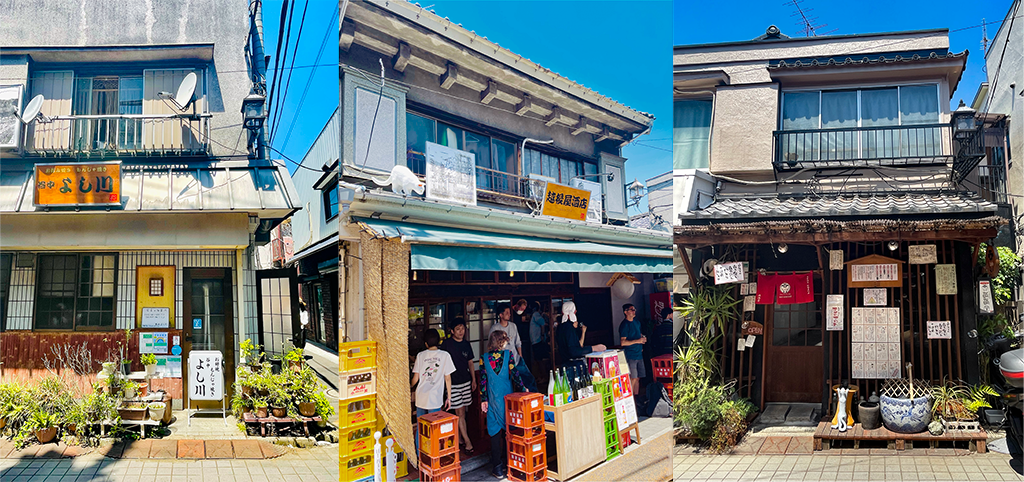
After Yanaka, it is time for Asakusa, one of Tokyo’s most traditional districts. Here is the famous Asakusa Kannon Sensō-ji, the city’s oldest and most important Buddhist temple. We enter through the Kaminarimon, the thunder gate: the large red lantern is one of the symbols of Tokyo. We then walk along Nakamise Street, a street full of stalls selling Japanese sweets, souvenirs and kimonos stormed by tourists and locals alike for the Midori No Hi. Besides Kannondo Hall there are other temples, a garden and also a very beautiful five-storey pagoda.
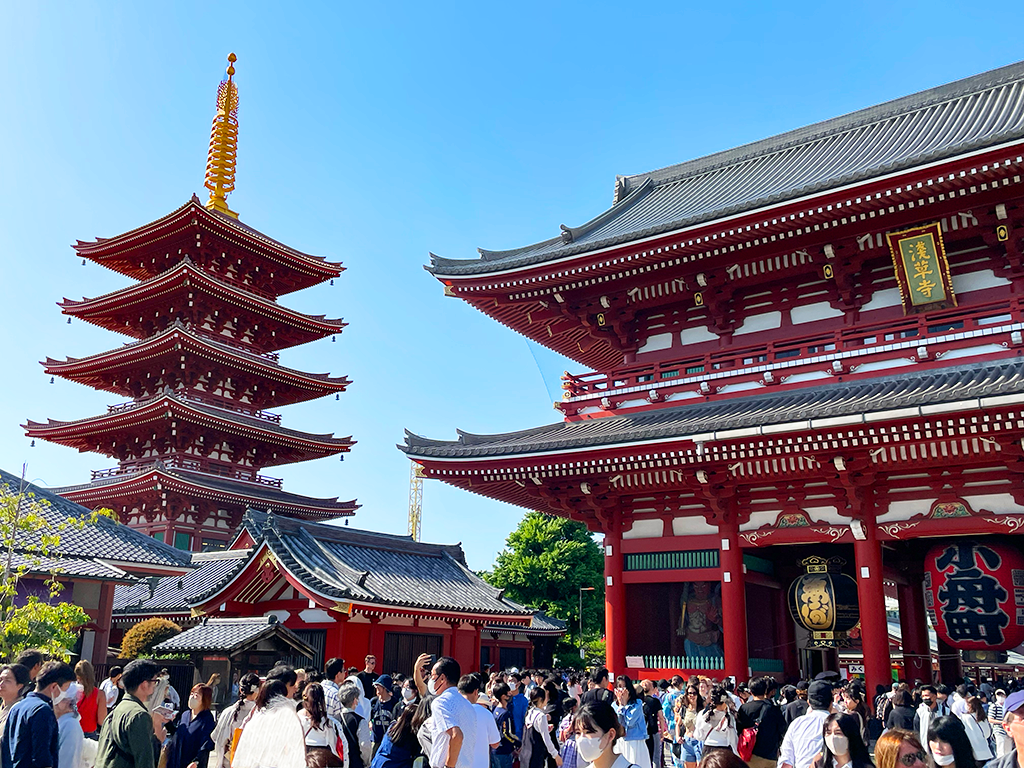
Now the last stop of the day awaits us: the Tokyo Skytree. It is the tallest tower in Japan and the second tallest structure in the world, designed to resist earthquakes with a system inspired by Japanese pagodas. At night it lights up in different colours depending on the day, we get blue.
Going up the Skytree is an experience in itself. There are two observatories: the Tembo Deck, at 350 metres, with huge panoramic windows offering a breathtaking view of the city, and the Tembo Gallery, at 450 metres, with a glass walkway that makes you feel suspended in the void. On clear days they say you can even see Mount Fuji on the horizon, but even when the sky is overcast, the spectacle of Tokyo lit up at night is something unforgettable. From above, the city seems endless: a sea of lights and skyscrapers stretching to the horizon. (The cover of the article is the view from the skytree, spectacular!).
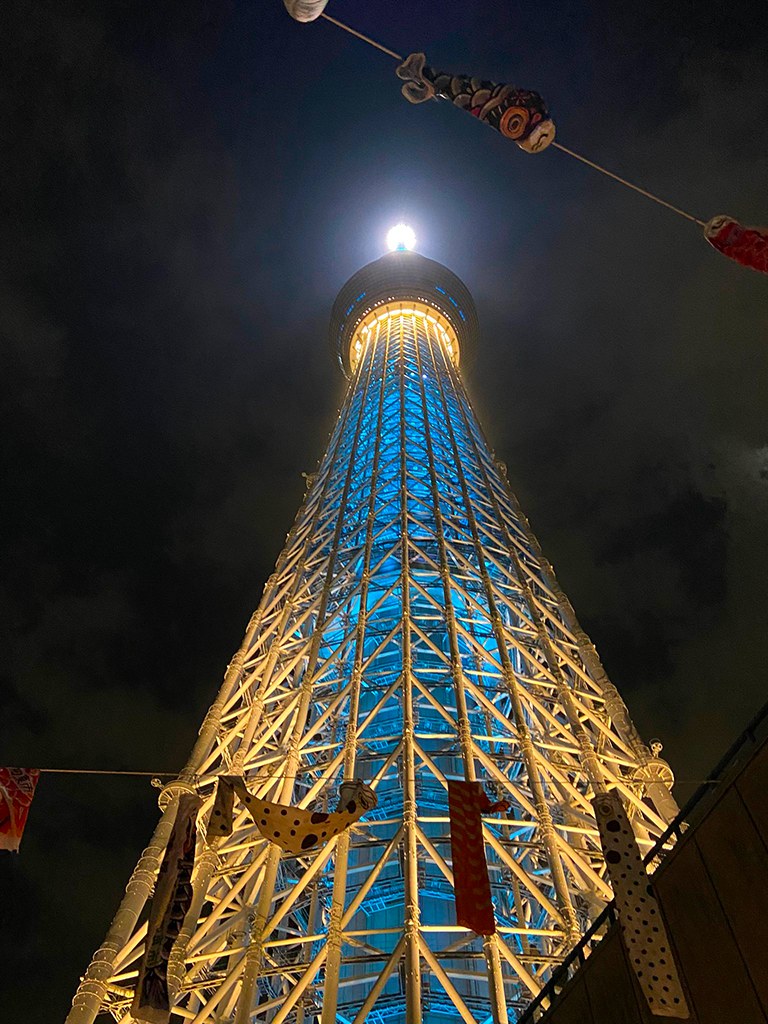
Day 6: Ginza, Yurakucho Yokocho and Rappongi
It is our last day in Tokyo, and we want to make the most of it.
Today we take our first shinkansen to Kyoto, we sent our suitcases directly to the next hotel but we are left with our backpacks with the necessities for the two days without luggage. So first thing, we go back to the station and leave our backpacks in the very convenient coin lockers useful for storing backpacks or hand luggage while waiting for trains while travelling between cities. The day can begin!
The first stop is the Tokyo International Forum, a spectacular, very futuristic building. Its glass and steel structure creates an incredible play of light and the interior with its very high ceiling and suspended walkways is a sight to behold. It is a place you don’t usually find among the classic tourist stops, but it is definitely worth a visit.
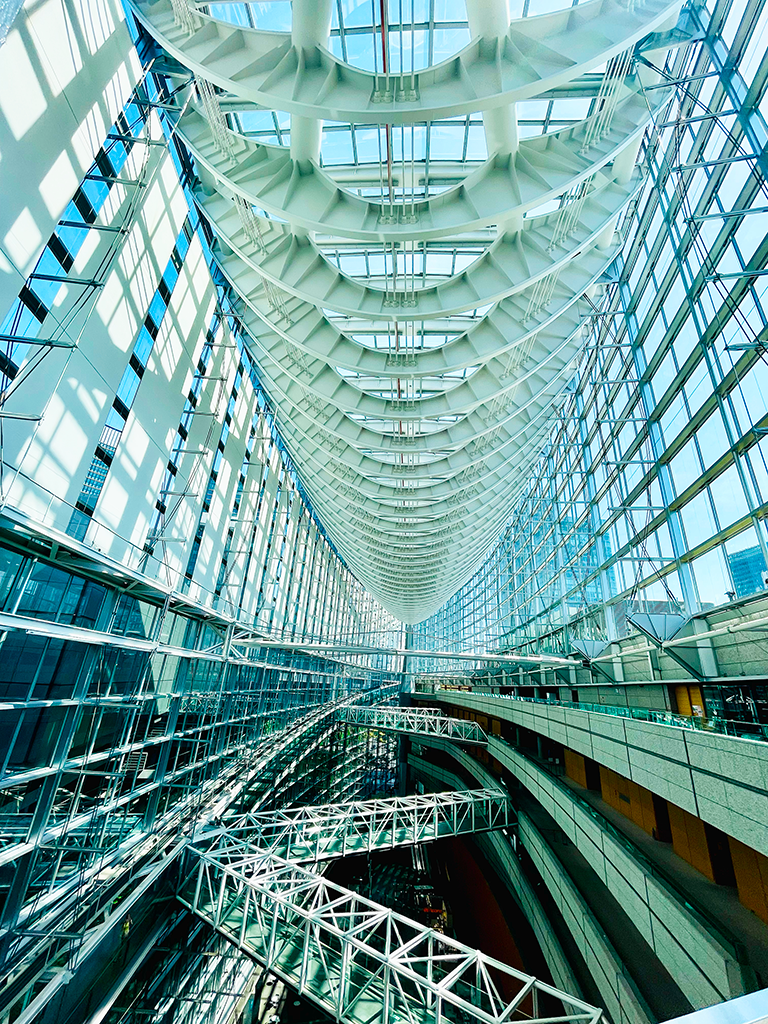
From here, we move on to the Ginza district, the realm of luxury and shopping. We walk along Chuo-dori Avenue, the district’s main street: high-fashion boutiques, historic department stores and buildings with incredible architecture. Although we are not here to go on a shopping spree, entering the shops and browsing through the shop windows is still a great way to breathe in the sophisticated atmosphere of this area.

To balance it out, we seek some contact with nature in the Hama Rikyū Garden, a green oasis surrounded by the city: classic Japanese-style ponds with wooden bridges, quiet paths and even a traditional teahouse overlooking the water. Most striking is the contrast between the perfectly manicured nature and the towering glass and steel giants all around, it has a bit of the vibe of an oriental Central Park.
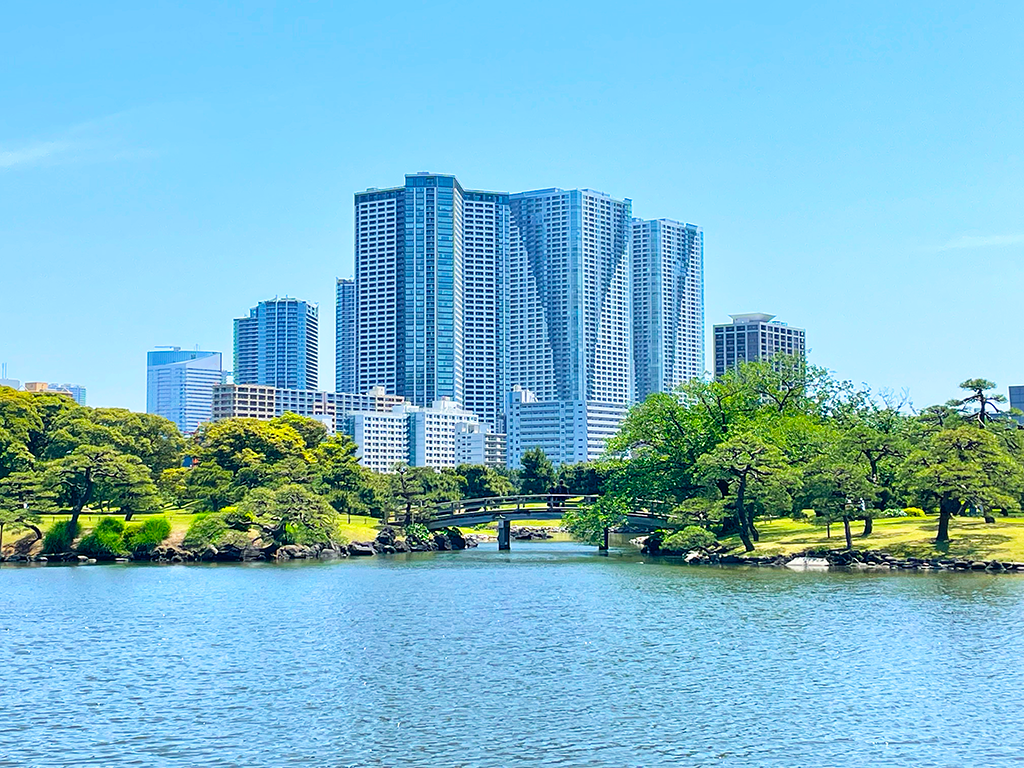
On our way back to the station we came across a very peculiar neighbourhood, it was not a planned stop but we were very surprised. The Yurakucho Yokocho is one of those places you stumble upon by accident but which are actually quaint and unforgettable. Despite being a stone’s throw from Ginza there are no glittering skyscrapers or high-fashion shops, just narrow alleys full of small izakaya (typical Japanese taverns) and street food stalls. Many of these taverns are located under the JR railway tracks and often have space for only a few customers, with seating around small wooden counters. We stop for fresh sashimi and sip sake.
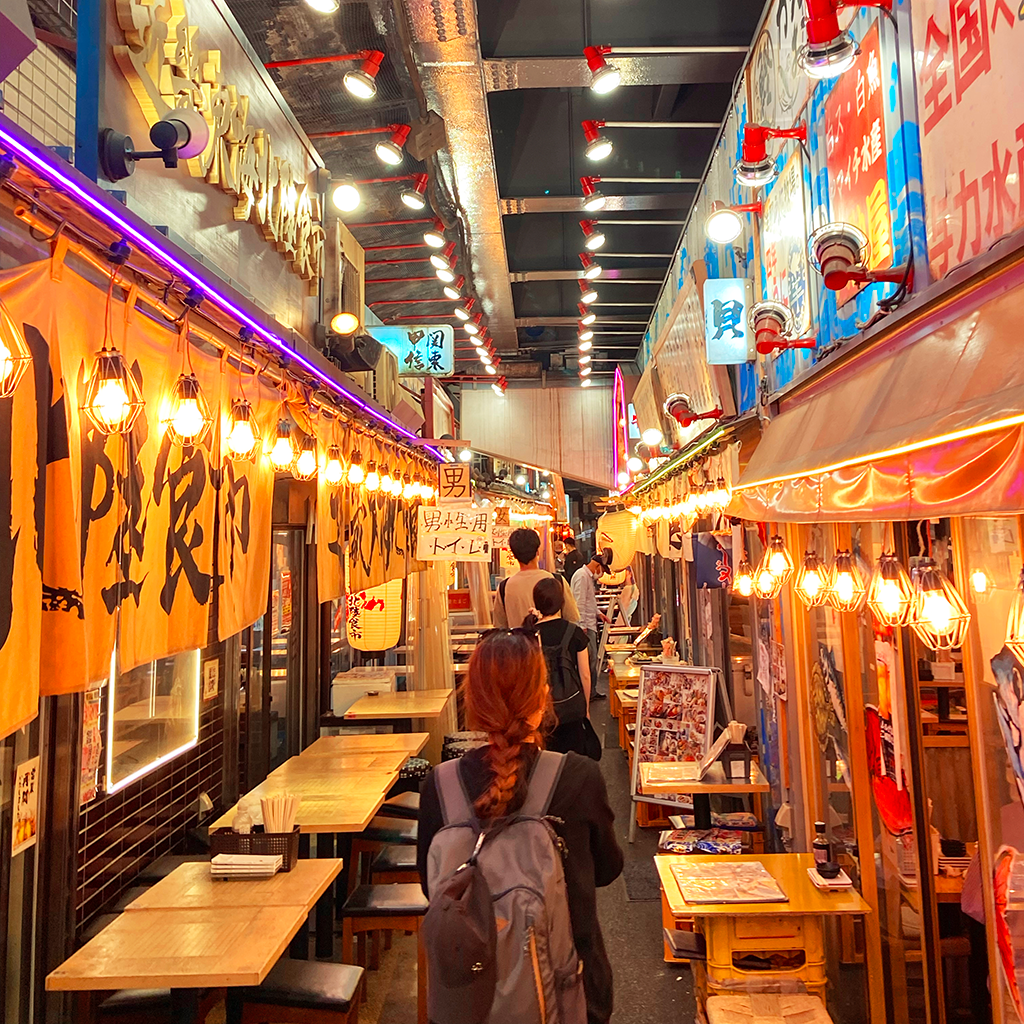
After lunch, we head to Roppongi, more specifically to Roppongi Hills, one of Tokyo’s most modern urban complexes, a neighbourhood within a neighbourhood, a modern and sophisticated area famous for its skyscrapers, high-class restaurants, designer boutiques and art spaces.
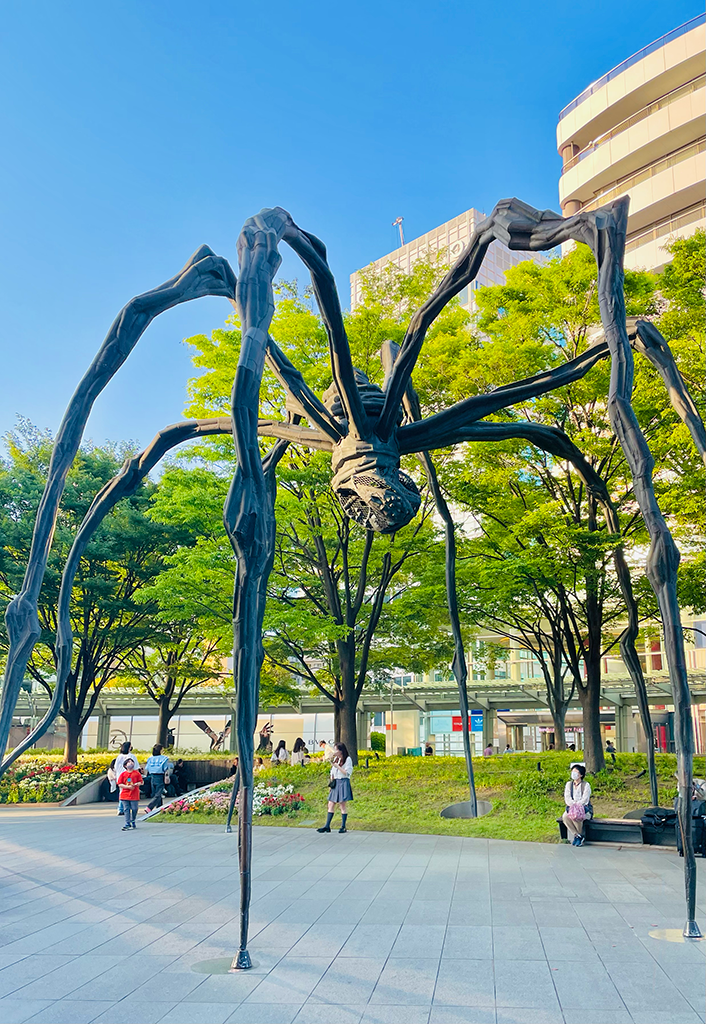
The centrepiece of Roppongi Hills is the Mori Tower, an imposing 54-storey skyscraper housing offices, shops, restaurants and, above all, Tokyo City View. The main observatory is a huge hall with floor-to-ceiling windows, from which Tokyo can be seen in 360° from a height of 250 metres. Tokyo stretches out before us in all its immensity, what better way to greet the city?
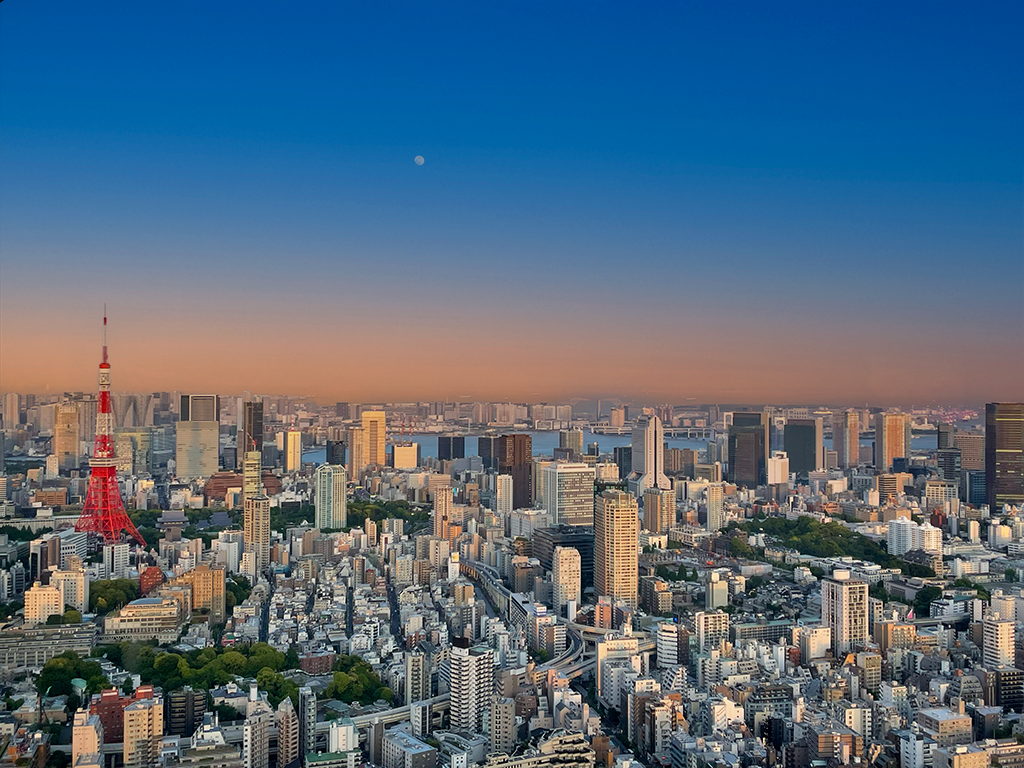
***
Our journey did not end here. Follow us on our next leg of the journey: Kyoto.
Last modified: 15 June 2025

